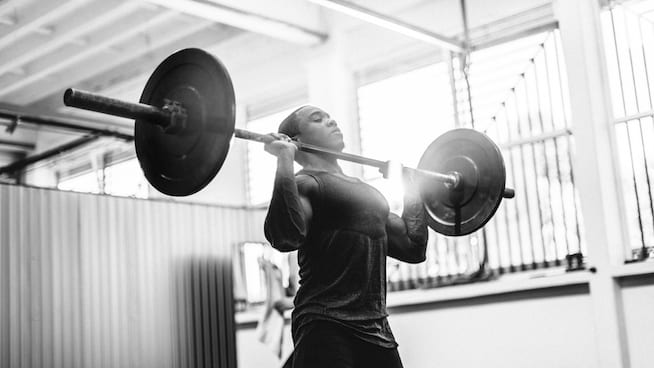You have probably heard the terms fast-twitch and slow-twitch in relation to muscles already, but do you know exactly what that means?
More importantly, do you know how to effectively train them, and if you need to alter your approach depending on the muscle groups you wish to activate?
First, let’s begin with slow-twitch muscles. These are technically called Type I muscle fibres and are the first thing to be engaged when you contract a muscle and can create their own energy using oxygen, which helps when it comes to sustaining a lower level of force or impact for a prolonged period such as walking, swimming and cycling.
Next up you have fast-twitch muscles, or Type II muscle fibres, which come into their own when your fast-twitch muscles can’t generate the necessary force to complete whatever activity you are taking part in. These types are bigger and more dense that their fast-twitch cousins and are used for more intensive training.
Of course, don’t forget about the bridge between the two and those are your hybrid muscle fibres and these are used when you are transitioning between your slow-twitch and fast-twitch muscles and can be worked on by cross-training in both aerobic and anaerobic exercises.
How best to train
“Everybody has every type of muscle fibre in their body, but each person has their own unique composition of those muscle fibre types,”says George Bristow, MS, a certified strength and conditioning coach. Fast-twitch muscles can degenerate into slow-twitch over time, or if underused so a good method to keep them active is to undertake a series of short resistance exercises like box jumps, sprints or deadlifts.
It is important to understand that one doesn’t lose their fast-twitch muscles with the advent of time as age doesn’t determine your muscle composition, but often determines the type of training you can do.
“Explosive training has the highest load on your central nervous system, which requires a longer recovery time,” Bristow adds. “Because of that, it’s important to allow 72 hours in between sessions for each muscle group involved.”




